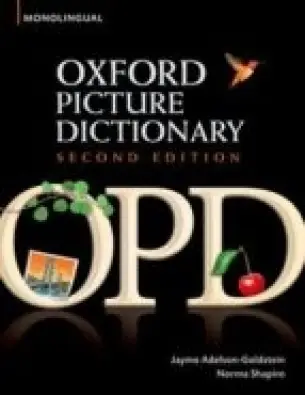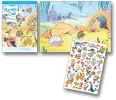Content is organized within 12 thematic units, from Everyday Language, to People, to Housing, to Food, to Recreation. Each unit starts with an 'Intro' page (new for this edition) and ends with a story page, with single or double-page sub-topics introducing new words in a realistic visual context and easy-to-learn 'chunks'. The target new vocabulary is listed, and simple practice activities help students to put their new words into practice. Story pages include pre-reading questions to build previewing and predicting skills, and post-reading questions and role-play activities to support critical thinking and to encourage students to use the new language they have learned. Rich visual contexts recycle words from the unit.
This structure is designed to address the needs of multilevel classrooms, with much more guidance on this and on assessing needs and lesson-planning given in the supporting components.
El contacto de seguridad todavía no está disponible. Si necesitan esta información solicítenla mediante este enlace
Este artículo no tiene advertencias de seguridad. Si tienen alguna duda al respecto consulten al contacto de seguridad.





